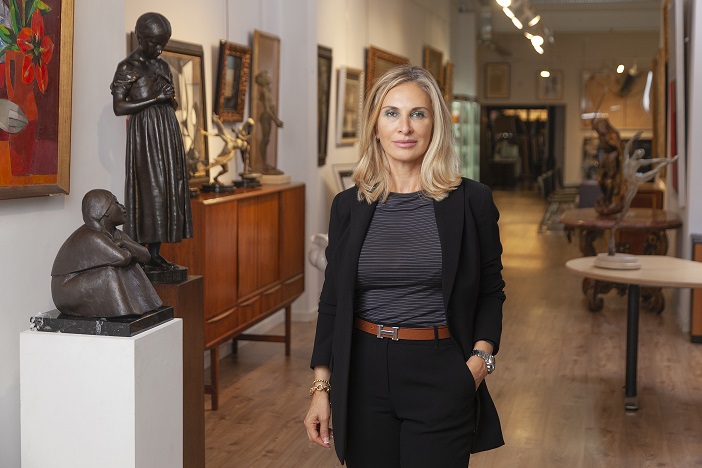Marina Pelegrí, co-founder of Setdart, offers us her insight into the art market, the rise of digital auctions, and new forms of collecting. We spoke with her to understand what lies behind Setdart—the platform that has changed the rules of the game in Spain—and to discover her deep connection with art and objects with history.
Marina, Setdart has changed the way auctions are understood in Spain. What would you say is the secret to connecting with the public? From the beginning, we bet on innovation, but if I had to point out a key factor, I’d say it’s the balance between technology and expert knowledge. Behind the platform is a human team that rigorously examines each piece, provides advice, and offers support. That personal dimension is what generates trust and loyalty. Setdart isn’t just a place to bid: it’s a community of art lovers, design enthusiasts, and people passionate about unique objects. We want everyone who visits Setdart to feel that they’re part of something bigger—a way of collecting, of living surrounded by beauty, of giving value to what a piece represents.
You’ve had some impressive sales in recent years. Which ones would you highlight as milestones?
Marina: We’ve sold everything from a Rubens for €2 million to a Keith Haring for over €500,000, and a Rolex for €50,000. But it’s not all about big numbers—every piece has its audience, and at Setdart, we know how to find it. Sometimes a less high-profile piece triggers a frenzy of bidding because it strikes an emotional chord with collectors.
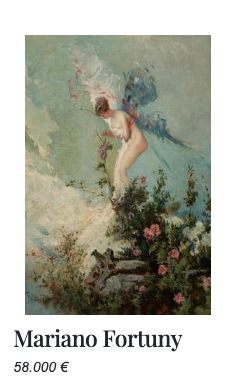

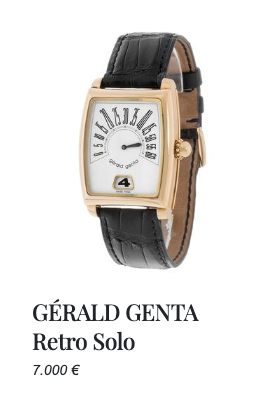
What would you say to someone who’s thinking of selling a piece and feels lost?
Marina: First, let yourself be guided by experts. At Setdart, we provide confidential, rigorous appraisals and explain each piece’s potential and the current market timing. Sometimes a piece sells better in a specific context—with a special presentation or in a themed auction. Selling a piece isn’t just about assigning a price, it’s about telling its story and finding the right audience.
What makes the experience of an art auction unique?
Marina: The fascinating thing about an auction is that everything happens in the present. An art auction goes far beyond a simple transaction—it involves emotion and risk. There’s the adrenaline of the moment, and the opportunity to access unique pieces you won’t find elsewhere. There’s also something beautiful in seeing a piece find its new owner in an open process where the value isn’t imposed but revealed live, through the genuine interest it inspires.
What role do you think art education plays in making art more accessible?
Marina: It’s crucial. Without art education, the art world can feel closed off. At Setdart, we work hard to provide context for each piece: we publish detailed technical information, write about the artists, and guide buyers. The more you know a work, the more you enjoy it. Knowledge awakens desire.
Is there a particular work that never fails to move you personally?
Marina: More than any specific piece, what moves me is that intimate moment when a piece—no matter how simple or quiet—makes you stop. That involuntary pause, as if something in the work recognizes something in you. That connection isn’t always logical or predictable, but when it happens, it’s profoundly human. And that’s where art finds its deepest meaning.
And if we talk about luxury? What would be your must-have piece?
Marina: To me, luxury isn’t just about aesthetics or exclusivity; it’s also about identity. It communicates something about who you are—or who you’ve wanted to be. My must-have piece is a Hermès Kelly bag that belonged to my mother and which she gave to me. It’s not just an icon of elegance—it’s a personal object with a story.
Do you think the worlds of luxury and art are becoming more connected?
Marina: Absolutely. Even though they’re not the same, there’s a shared sensibility that connects them. In the end, we’re talking about objects that go beyond functionality: they’re creations with history, with authors, with intention. Pieces that aren’t just owned—they’re chosen because they say something about the person who views them… and the person who carries them.
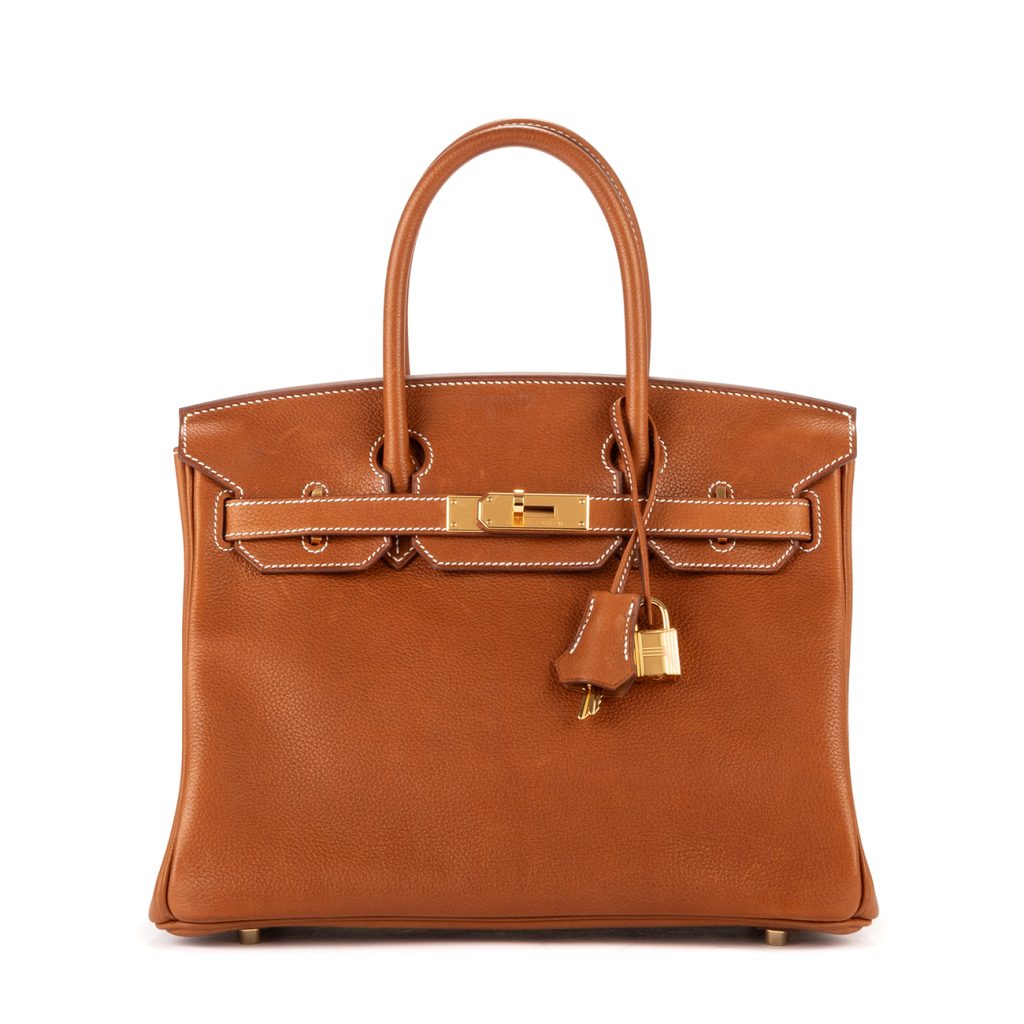
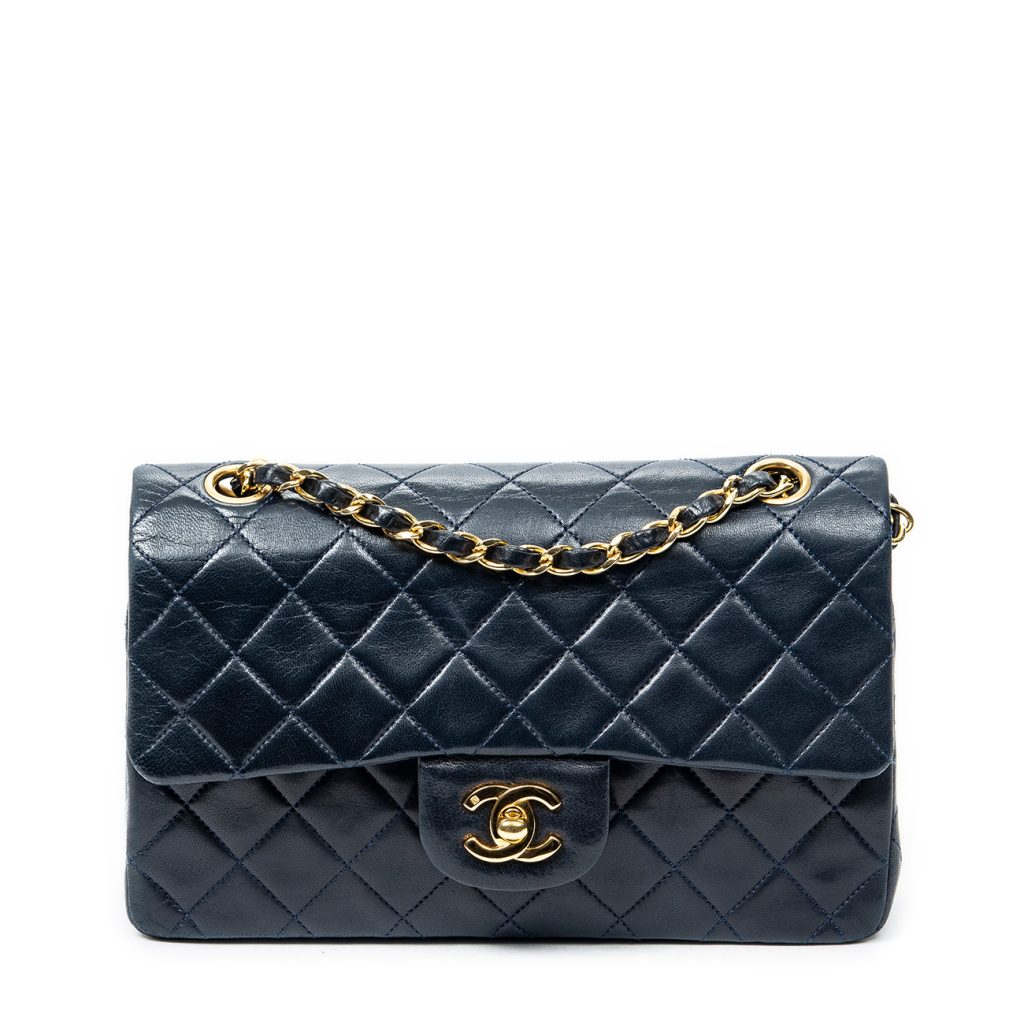
Where do you think the tastes of new collectors are heading?
Marina: I’m seeing increasingly cross-disciplinary collecting, less constrained by traditional labels. New collectors are looking for pieces that speak to them, that have a story—and most of all, authenticity. They value uniqueness, craftsmanship, and are very well-informed: they research, compare, and want to understand what they’re buying and why. Rather than following trends, they’re creating a highly personal and free way of collecting.
What is the biggest challenge for Setdart in the next five years?
Marina: Our biggest challenge—and also our ambition—is to keep growing without losing our soul. Setdart already holds a prominent place in the art and luxury market, but we don’t believe in standing still. We want to continue making a difference: innovating in how we connect with our audience, opening new categories, exploring international markets, and attracting a new generation of collectors. We’re driven by the idea of constant evolution without losing what makes us unique: our perspective and our way of understanding art as an experience.
To wrap up, could you give us a preview of three standout pieces we’ll see in the September auctions?
Marina: September is coming in strong at Setdart: it’s an intense month, with auctions across all categories and many pieces worth discovering. It’s hard to pick just three, but if I had to highlight a few, I’d start with two very special works by Salvador Dalí: a 1975 gouache titled “Homenaje a Ramon Llull” and the impressive sculpture “Venus Espacial,” which stands over 1.2 meters tall.
In the graphic art category, there’s a rare piece by Joan Miró titled “L’enragé”—a mix of etching, aquatint, and carborundum, seldom seen on the market.
There’s also an important 16th-century portrait by Giovanni Battista Moroni and a San Antonio by José de Ribera in the Old Masters auction.
In decorative arts, we have true gems, such as a sculpture by Italian artist Ferdinando Vichi, a monumental nude by Joan Rebull, or a Queen Anne desk dating back to around 1710.
On September 30th, we’ll host a very special auction: the art collection of AXA Seguros, a company that entrusted Setdart with showcasing its artistic heritage.
I could go on about the design collection, featuring names like Ado Chale, Maria Pergay, Pierluigi Spadolini… or about the watches, jewelry, and handbags from major houses, with iconic models from Hermès and Chanel… But the best thing is to visit the website and let yourself be surprised. Because September at Setdart doesn’t just promise—it astonishes.
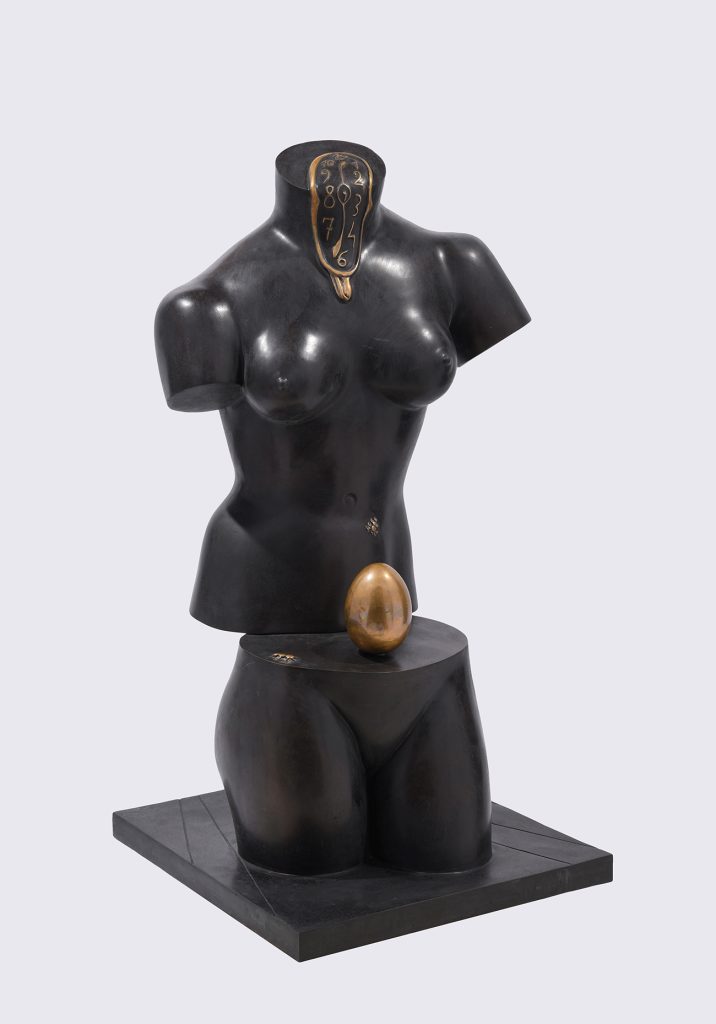
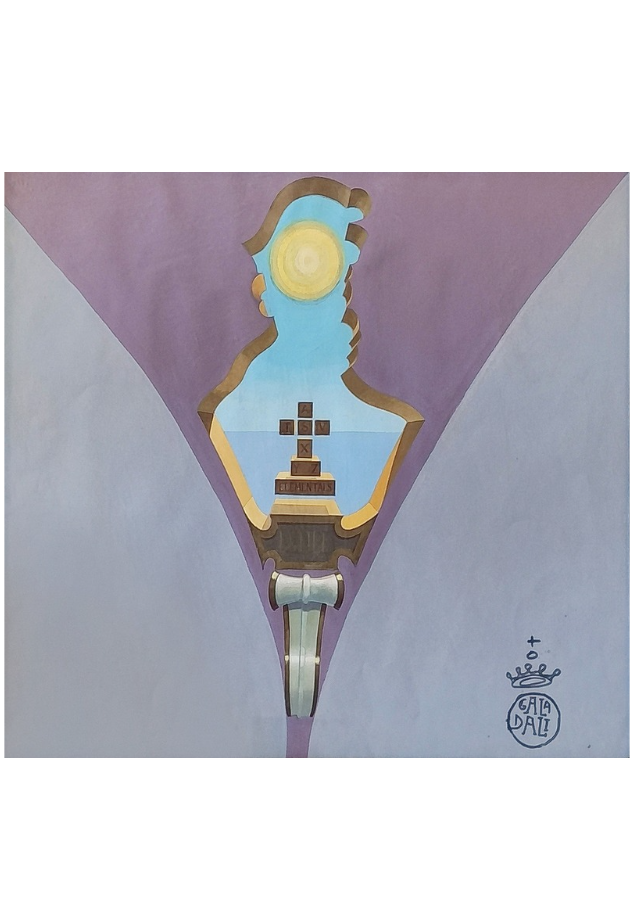
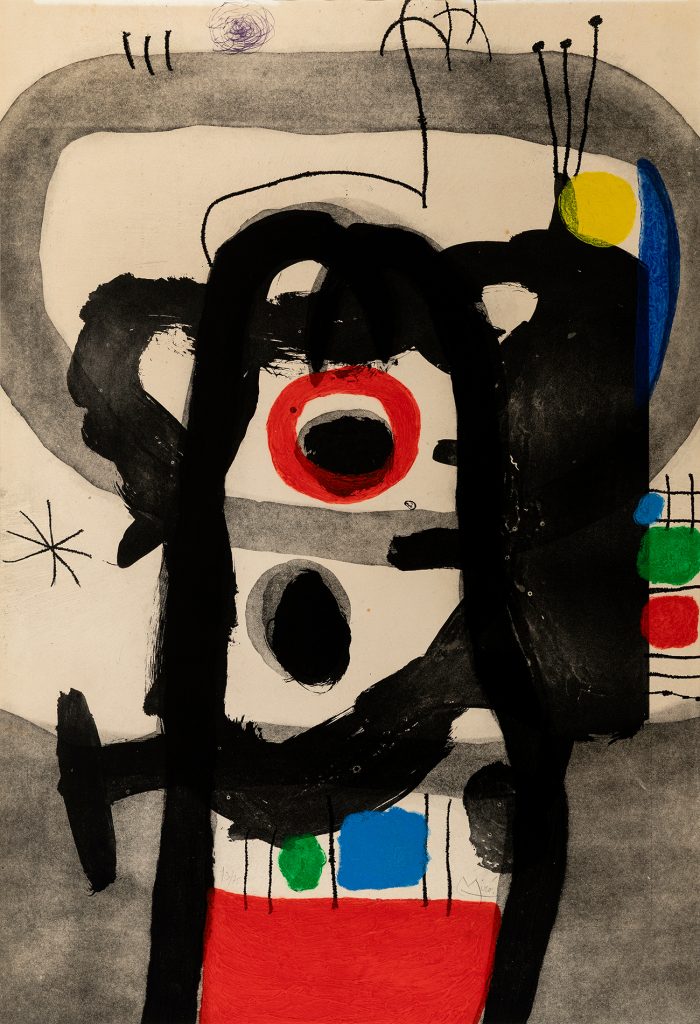
If you liked this article you may also be interested in:

